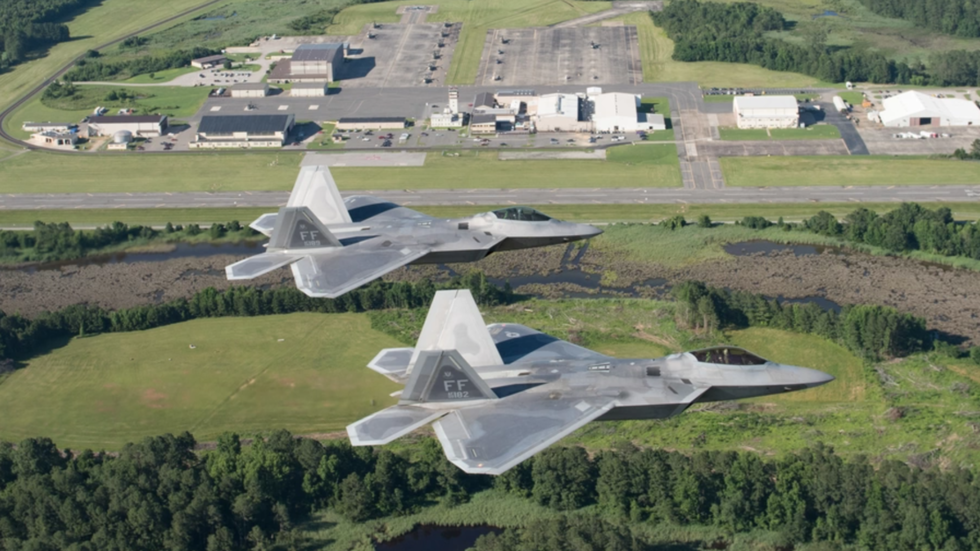In December 2023, American officials faced a perplexing challenge regarding a mysterious swarm of unidentified drones that invaded restricted airspace over Langley Air Force Base in Virginia. This incursion lasted for 17 days and raised significant concerns about the vulnerability of U.S. military installations. Langley Air Force Base is a strategic location, home to F-22 Raptor stealth fighters, and the presence of these drones drew the attention of U.S. military leadership and intelligence agencies. According to reports from the Wall Street Journal, numerous officials and police documents detailed the drone activity, highlighting the limitations of military response capabilities against such incursions.
The drones detected in the airspace reportedly included a lead unmanned aerial vehicle (UAV) estimated to be around 20 feet long, flying at speeds exceeding 100 miles per hour and altitudes between 3,000 to 4,000 feet. These main drones were accompanied by smaller quadcopters, which approximated the size of commercial drones, often operating at lower altitudes. Former U.S. Air Force General Mark Kelly described the drone patterns over the base, indicating a coordinated operation rather than a disorganized or amateur attempt at intrusion. As the drones traversed southward, they moved toward critical military installations, including the base housing the elite SEAL Team Six and Naval Station Norfolk, a key naval port.
Once the issue surfaced in the White House, officials initiated brainstorming sessions to determine an appropriate response. Nevertheless, military radars, which are primarily configured to detect larger aircraft and often ignore smaller entities like birds, struggled to track the drones. This malfunction necessitated recalibration of the systems to ensure better detection of UAVs. Additionally, the drones operated on radio frequencies not available to common commercial drones, complicating attempts to identify their controllers. Although local police tried to pursue the aircraft, they encountered significant challenges in tracking and locating the drone operators.
Authorities were particularly cautious about bringing down the drones due to federal regulations. The military is prohibited from shooting down UAVs near military bases unless they present an immediate threat—spying does not fall within this definition. The risks of deploying countermeasures like jamming were also evaluated, as such actions could disrupt critical local emergency services and Wi-Fi networks. Moreover, even utilizing directed energy weapons posed substantial risks to commercial aviation in the area. This lack of viable counteractions left the military and law enforcement officials effectively powerless.
The drone flights ceased abruptly on December 23, yet the identities of the operators remain unknown to this day. With no solid leads, authorities speculate that the level of sophistication displayed by the drone incursions suggests they were not the work of amateurs or hobbyists. Instead, intelligence evaluates that the operation was likely conducted by an organized group or entity with substantial resources and expertise. This incident was not an isolated case; similar instances of unidentified drones flying over sensitive U.S. locations have occurred in the past.
Just two months prior to the Langley Air Force Base incident, five drones were identified over the Nevada National Security Site, a nuclear testing facility in Nevada, with no identifiable ownership. These continuous violations of airspace over critical infrastructure underscore a concerning trend for national security. As agencies struggle to adapt to the evolving threat posed by unmanned aerial vehicles, the response to these incursions remains an urgent and unresolved issue, highlighting the need for enhanced detection and response strategies moving forward.

